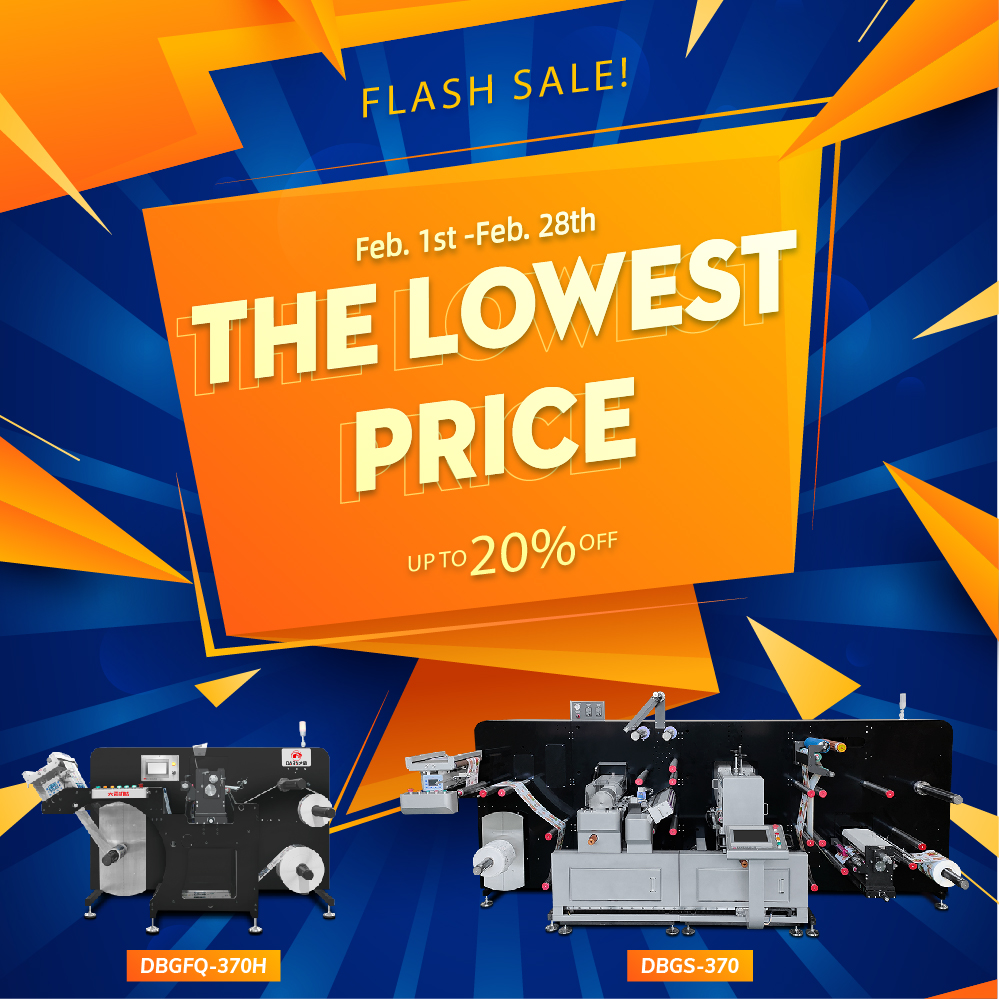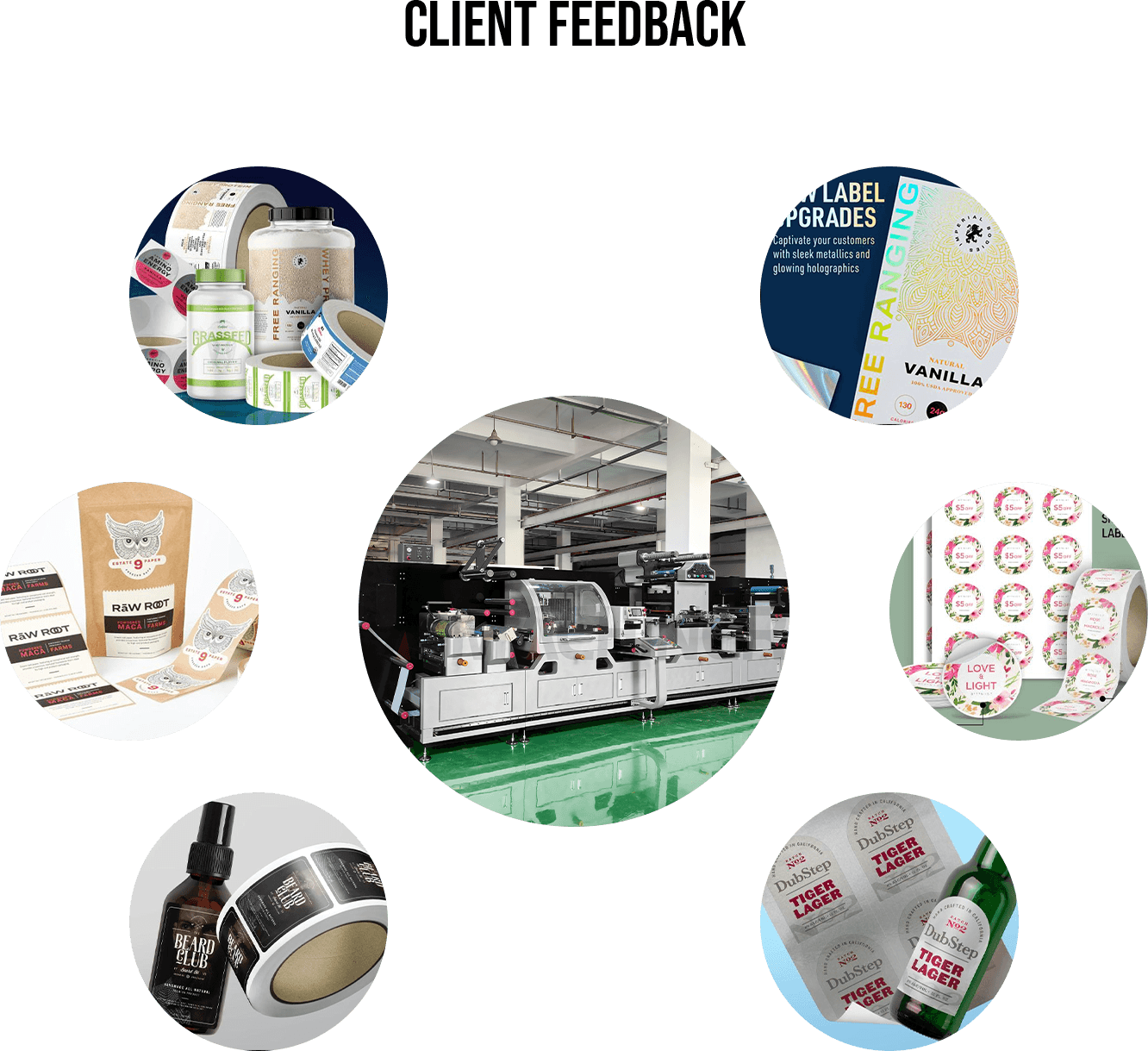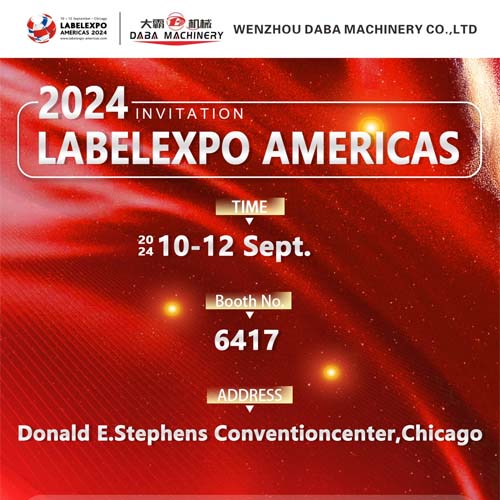Exploring the Differences Between Semi-Rotary and Full-Rotary Flexo Printing
Flexographic printing has long been a cornerstone in the world of label and packaging production, offering a versatile and efficient solution for high-quality printing. Within the realm of flexo printing, two distinct methods—semi-rotary and full-rotary—have emerged, each with its own set of advantages and applications.
1. Rotary Mechanism:
- Semi-Rotary: Semi-rotary flexo printing employs a partial rotation mechanism. It prints a limited area of the printing plate cylinder in each rotation. This method is particularly suitable for shorter print runs and jobs that require frequent setup changes.
- Full-Rotary: On the other hand, full-rotary flexo printing utilizes a complete rotation mechanism. The entire printing plate cylinder rotates during each cycle, allowing for continuous printing over the entire substrate. This method is ideal for high-volume production and longer print runs.
2. Job Setup and Changeovers:
- Semi-Rotary: Semi-rotary flexo presses excel in quick job setup and changeovers. Since only a portion of the cylinder is engaged in printing, it is easier and faster to switch between different jobs and printing plates.
- Full-Rotary: Full-rotary presses are more suitable for jobs with consistent designs and longer production runs. While the initial setup might take longer, the continuous rotation minimizes downtime during production, making it efficient for large quantities.
3. Plate Material and Cost:
- Semi-Rotary: Semi-rotary presses often use flexible printing plates made of materials like photopolymer. These plates are more cost-effective and easier to replace, making them suitable for businesses with diverse printing requirements.
- Full-Rotary: Full-rotary flexo presses may utilize either flexible or rigid plates. While rigid plates are durable and offer high-quality printing, they can be more expensive and may have longer lead times for replacement.
4. Precision and Print Quality:
- Semi-Rotary: Semi-rotary printing provides high precision and excellent print quality, especially for jobs that require frequent adjustments. It is well-suited for intricate designs and variable printing data.
- Full-Rotary: Full-rotary printing ensures consistent print quality over longer runs. This method is ideal for applications where precision and uniformity are paramount.
5. Cost and Versatility:
- Semi-Rotary: Semi-rotary presses are often considered more cost-effective, making them accessible for smaller businesses and niche markets. Their versatility in handling short print runs and various substrates contributes to their appeal.
- Full-Rotary: Full-rotary presses may have higher initial costs, but their efficiency in handling large volumes makes them cost-effective for businesses focused on high-volume production and standardized designs.
In conclusion, the choice between semi-rotary and full-rotary flexo printing depends on the specific needs of a printing job. Semi-rotary is favored for flexibility, quick changeovers, and diverse printing requirements, while full-rotary excels in efficiency, precision, and cost-effectiveness for larger production volumes and standardized designs. Ultimately, understanding the unique features of each method is crucial for making informed decisions in the dynamic field of flexographic printing.
 Feb. 1st - 28th: Unbeatable Lo
Feb. 1st - 28th: Unbeatable Lo
 Trends in the Label Printing I
Trends in the Label Printing I
 DABA Machinery at LABEL EXPO A
DABA Machinery at LABEL EXPO A
 The Workhorse of Label Product
The Workhorse of Label Product

